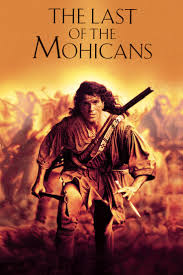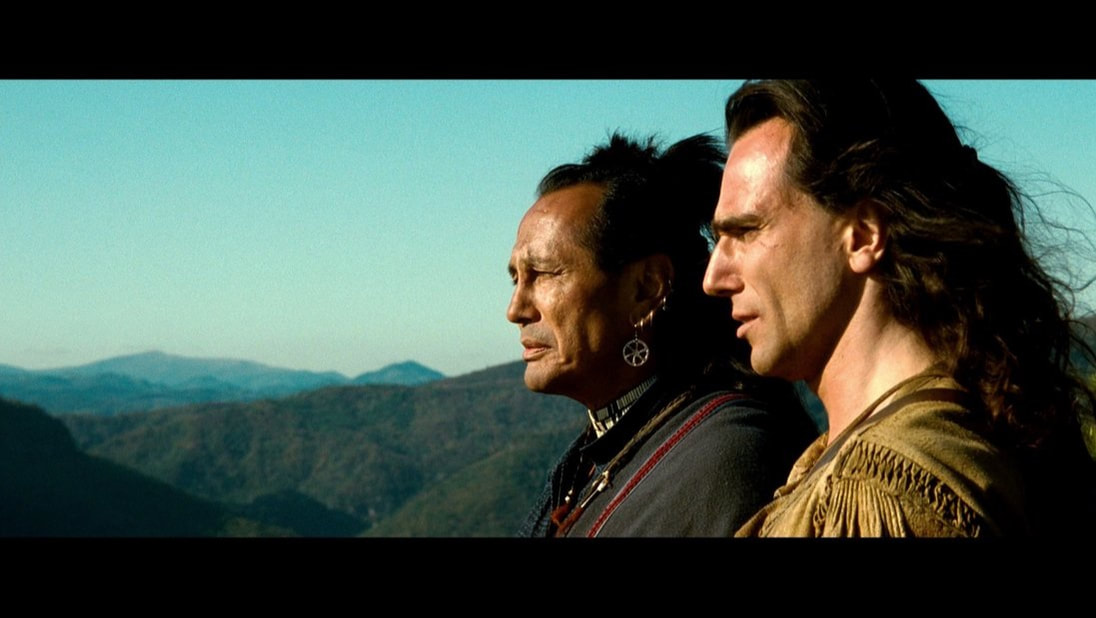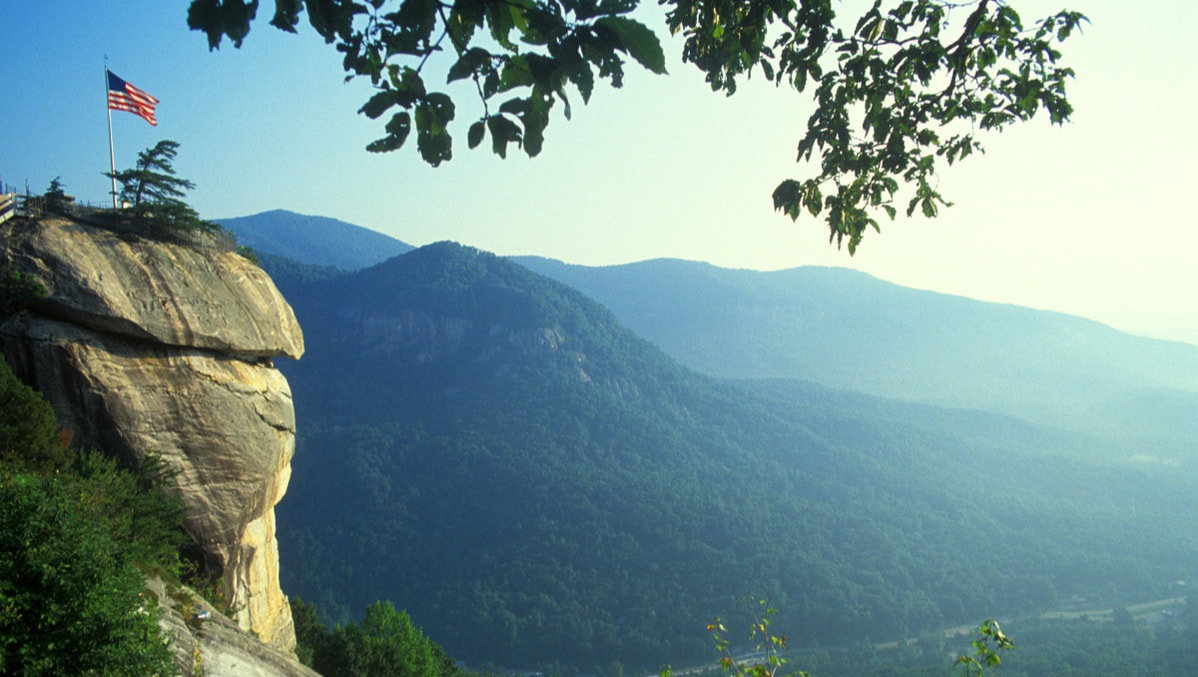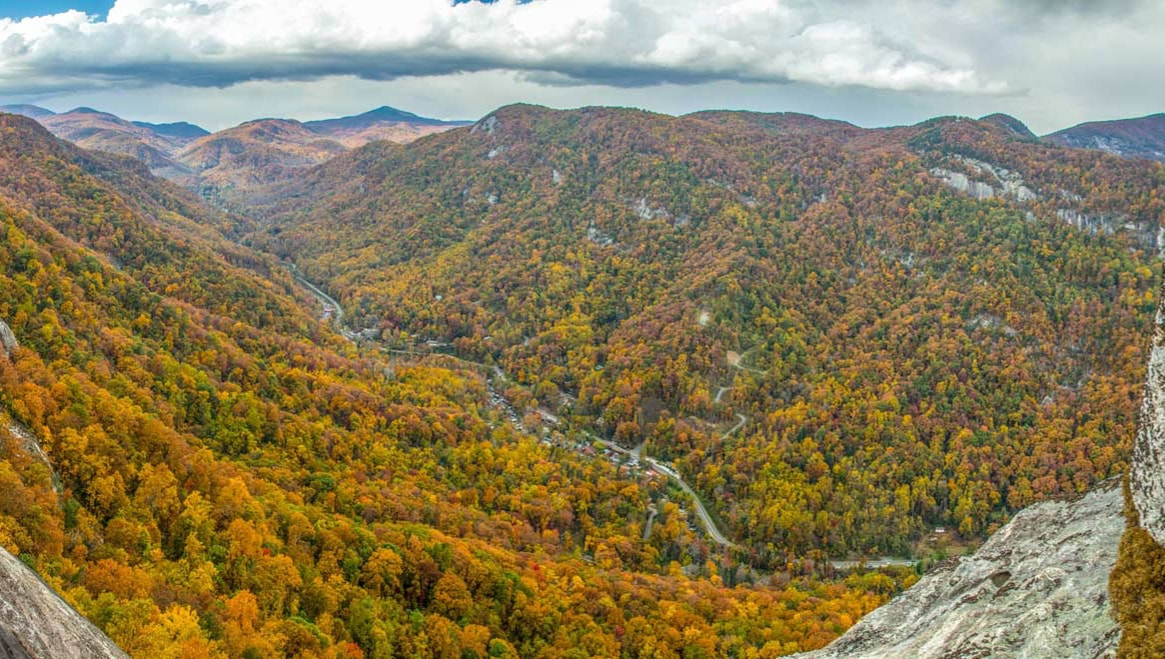|
After just one week in cinemas, Steven Spielberg's Lincoln is already generating serious Oscar buzz, with critics hailing Daniel Day-Lewis for his portrayal of the beloved president. Although Day-Lewis definitely had some big shoes to fill in this latest role, it's certainly not the first time the Anglo-Irish actor has played an American legend. Twenty years ago, Day-Lewis took on one of the first great heroes of American literature with the epic role of Hawkeye in the Last of the Mohicans. Loosely based on James Fenimore Cooper's 1826 novel about the French and Indian War, the 1992 film stars Day-Lewis as Nathaniel 'Hawkeye' Poe, a white frontiersman raised by Native Americans. The heroic protagonist of Cooper's Leatherstocking series, Hawkeye (known as Natty Bumpo in the book) is thought to have been inspired by Daniel Boone and is considered to be the first American Romantic hero. Although Michael Mann's 1992 adaptation deviates from the novel, the film has proven to be as much of a classic as the original novel - if not more so. If you haven't seen Last of the Mohicans recently, it's definitely worth a revisit. Luckily, it always seems to be on TV this time of year - perhaps the colonial settlers/ Native American element makes it seem relevant to the history of Thanksgiving. But whatever the reason, I'm always happy to watch it. I think it's one of those rare cases when the film is infinitely better than the novel. I also believe that Daniel Day-Lewis is the greatest living actor (and let's be honest, the man looked downright fetching in buckskins).  Although Cooper's story was set in upstate New York, the film's producers looked to the mountains of North Carolina to recreate the novel's wild frontier setting. With all the rugged and untamed beauty the region has to offer, it's easy to see why they made that choice. But I find it interesting that they chose to set the story of the Mohicans on Cherokee land. Although Cooper was thoroughly confused about Indian tribes (the Mohicans were apparently a composite of the Mahican and the Mohegan tribes), his novel was in some ways more relevant to the Cherokees. Written in 1826, Last of the Mohicans echoes the political climate in the lead up to President Andrew Jackson's Indian Removal Act of 1830, which forced the five main tribes of the Southeast to move onto federal land west of the Mississippi. At the time, Cooper's story about the last member of the Mohican tribe (a symbol of a dying Indian culture), must have seemed particularly poignant. It's also worth noting that North Carolina was home to a real-life Hawkeye. Born in 1805, William Holland Thomas worked closely with the Cherokees in Qualla Town and was officially adopted into the tribe by Cheif Yonaguska. Thomas served as a legal advisor for his tribe and eventually became the Cherokee's first white chief after the death of his adopted father. North Carolinian author, Charles Frazier (Cold Mountain) partially based his 2006 novel Thirteen Moons on Thomas' life. The filming of Last of the Mohicans took place at various locations around North Carolina, including the Biltmore Estate, Lake James and Chimney Rock State Park. Some of the most impressive scenes were shot in the park. It's here along the Cliff Trail that we see the epic final battle between Magua (Wes Studi) and Uncas (Eric Schweig). After the Huron chief releases Cora (Madeleine Stowe), her sister Alice (Jodhi May) is taken captive by Magua and his men. As Hawkeye and Uncas race to save her, the music reaches a crescendo and the camera pans over Hickory Nut Gorge and Hickory Nut Falls, with the majestic Blue Ride Mountains in the backgroud. The sweeping music and dramatic landscape make for one of the most soul-stirring scenes ever produced on film. After Magua kills Uncas and throws his body from the cliff, Alice jumps to her death and Uncas' father Chingachgook (Russell Means) retaliates by killing Magua. The film ends with Chingachgook, having lost his only son, declaring himself the last of the Mohicans. Although it all looks very treacherous in the movie, Chimney Rock is an easy site to visit. There are steps leading up to the top and an elevator for those who can't make the climb. From the top you can see Lake Lure, where Dirty Dancing was filmed. At the base of Chimney Rock you can follow the Cliff Trail to see more places from Last of the Mohicans.
More recently, North Carolina provided the backdrop for The Hunger Games, the 2012 film based on Suzanne Collins' popular novel. In addition to its many film credits, North Carolina boasts some surprising literary credentials. Both Thomas Wolfe and O. Henry called Asheville home. And F. Scott Fitzgerald was a regular visitor to Asheville's Grove Park Inn. To plan your own trip, check out the North Carolina tourist board's website. Or if you can't make it to North Carolina, watch the final battle scene on You Tube.
0 Comments
Leave a Reply. |
Categories
All
|



 RSS Feed
RSS Feed